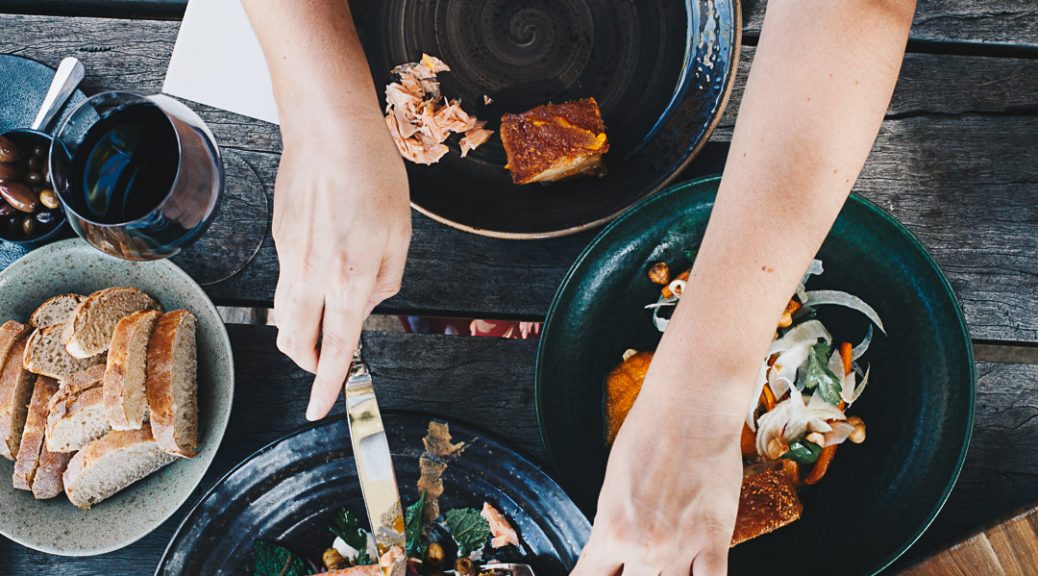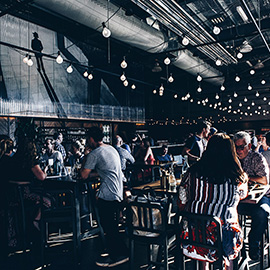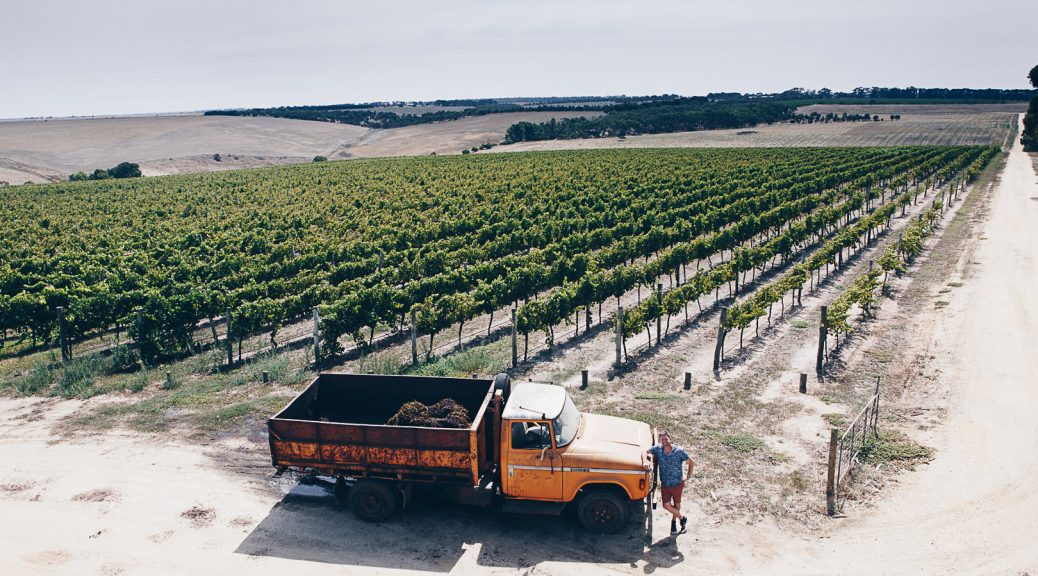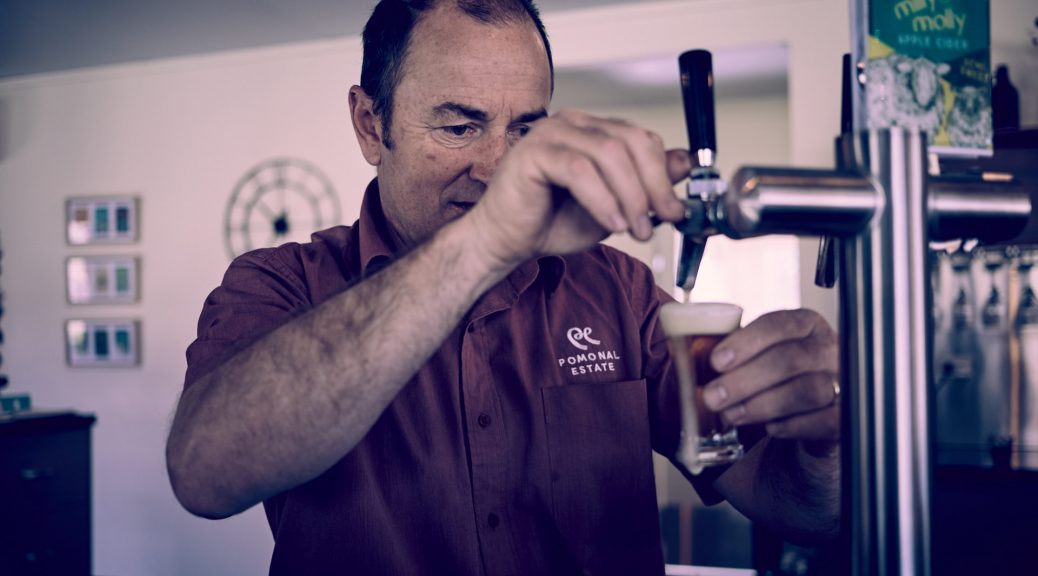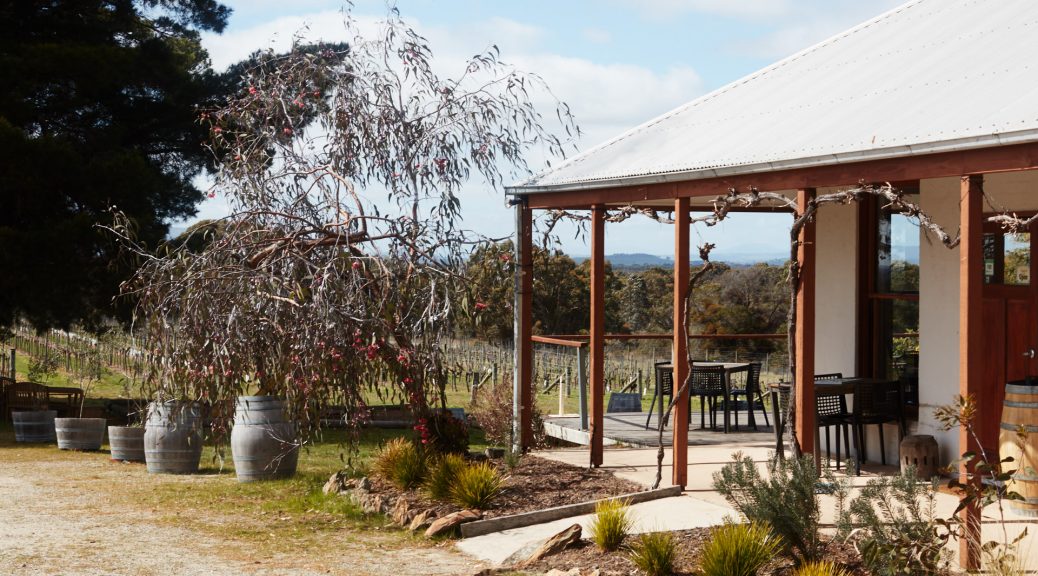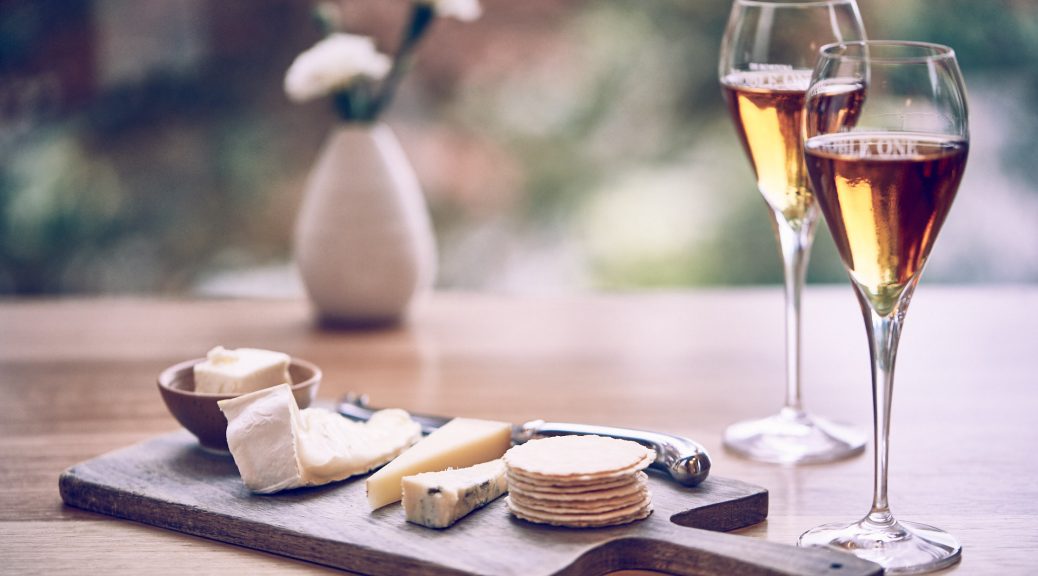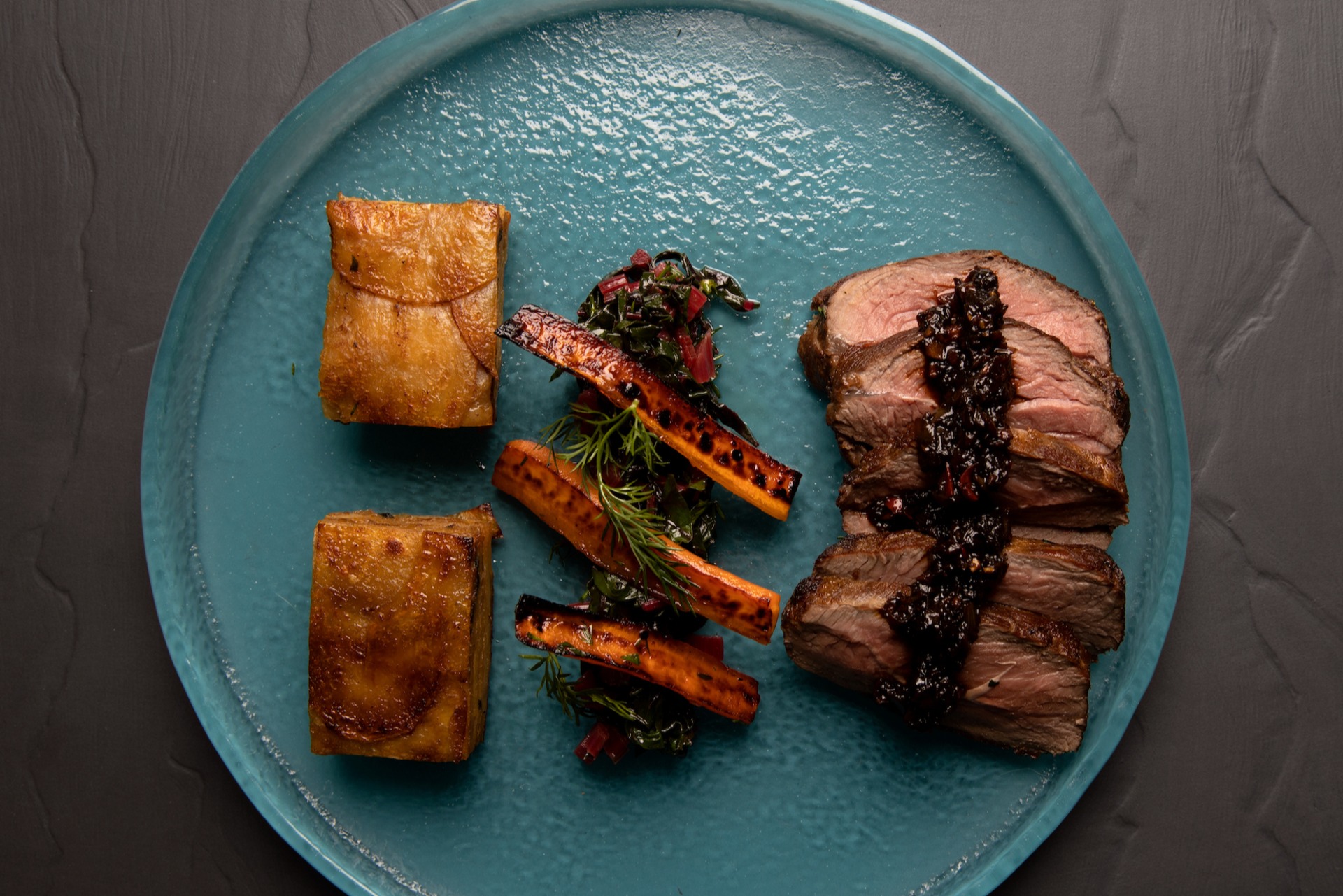Owners Katherine and Jake are inspiring. At a ridiculously young age, they have set up Nicol’s Paddock (formerly Saint Regis Winery) as a sophisticated but laid-back little venue, turning out some of the best produce-driven food we’ve had down this way. Take in the whole deal, spend a lazy afternoon chatting with these guys and eating chef other-Kate’s awesome food from her simple but focussed menu, paired with smart estate-grown and -made wines. It’s just good, and it’s fun.
Archives
Wines Geelong
Words by Mike Emmett Photography by Mike Emmett and Bec Smith
Here’s what I knew about the area around Geelong: it’s the home of the Cats, Ford used to build cars there, and up the road is the Bells Beach Surfing Classic. I have travelled there a bit more recently, specifically to the Surf Coast, because I love Jan Juc and Torquay. But I honestly had not much knowledge of the region as far as wines go. A day making short hops across the three areas (yes, there are three sub-regions) was an eye-opener.
We started our day at Basil’s Farm in Portarlington, in the Bellarine region. There’s a view here across to Queenscliff that I’d always imagined might exist, but never really sought out. From our table looking across the potager kitchen garden to the water, we enjoyed a late breakfast from the seasonal menu. Most of the produce here comes from the farm’s own gardens or nearby. The wines are typically maritime, which seems obvious from the proximity of the vines to the sea, but it’s a difference in flavour which is particularly noticeable in delicate varieties like pinot noir. The estate is a stunning property – animals, the garden and the cafe restaurant all make your time sitting and wandering a truly delicious one.
It’s only a skip from Basil’s Farm to the wonders of cidery goodness at Flying Brick Cider Co. I had no prior knowledge of this place and, hence, no idea what to expect. I think I was waiting to pull up a narrow driveway to a dinky shed where a couple of mates squished apples. Ah, no. This place is proper. If you’re a fan of Innocent Bystander or Little Creatures, you will love Flying Brick. It’s got a similar, large semi-industrial aesthetic, with loads of bustling staff. The cranking kitchen turns out what I think is fair to call ‘big friendly lunch’ food. Pork belly and its perfect cider match – that kind of thing. If you come for a weekend, pop out here for a night with some mates. The ciders are great, the food is great, and it’s just great fun.
We were lucky enough on our one-day adventure to coincide with an opening of the cellar door at Austins & Co. It’s a large winery producing excellent wines from its Moorabool Valley home. We have discovered other gems out here, like Clyde Park and Wines by Farr, certainly waving the banner for quality. Austins & Co. are no different in that respect. What they do do differently is hospitality. If you have an event to host and want something different, this place is amazing. If you want a one-off, dare I say ‘quirky’, food and wine experience, then get on the mailing list and come to one of their special days.
The folks at Austins & Co. put us on to our lunch spot. They suggested we try one of the new wunderkinds, St Regis at Waurn Ponds. I’d only known of Waurn Ponds because it’s where I turn off to go to the Surf Coast. These guys are the kind of talented people who made me wonder what the hell I did with my twenties. Owning a winery and running a restaurant certainly weren’t amongst my pastimes. Oh well, it’s to our benefit that it’s the passion of Katherine and Jake and their chef Kate. The kitchen is turning out some stunning produce-driven food from a simple menu. Please, set this spot as a must-do for a weekend lunch.
Our day ended up on the Surf Coast, with a lazy afternoon at Bellbrae Estate. On weekends this place pumps with live music, lawn picnics and wine tasting. Throw the blanket on the lawn, take a bottle of their Longboard Pinot Noir and a platter of cheeses, and kick back. It’s the perfect sunny afternoon thing to do. November to February there are live bands most weekends. James took us through a complete and knowledgeable tasting, and we learnt a lot about what makes the Geelong wine region so special. Tastes good too: we’ll be back to continue our education in this region out west.
Bank Street Wood Fired Pizza & Garden
Sometimes a room just feels right. The worn timbers hugging your group at Bank Street Pizza are the remnants of the 19th century Avenel bank before it was converted in 2011 by hospitality old hands Callum and Janelle.
It seems every ingredient has a story here. The ‘Jill’ in ‘Jill’s pork and veal terrine’ was a work colleague from Callum’s Melbourne days. The rocket underneath is sourced from Yellow Box Growers in nearby Seymour. And Michelle Wilkinson drops off boxes of farm-grown mushrooms for the eponymous Michelle’s Magic Mushrooms pizza, laced with truffle oil.
‘The Faz’ pizza (tomato, fetta, charred peppers and pancetta, topped with pesto and mozzarella) is named in honour of wood fire oven expert Tony Fazio, who helped Callum get the oven up and running in the early days.
Being roughly halfway between Melbourne and Wodonga, it’s the perfect place to pull off the Hume for a quick, casual lunch. The extensive back garden is verging on magical and a great spot to stretch little legs.
Innocent Bystander
Innocent Bystander is back, right across the car park from Giant Steps (where they were once housed under the same roof). It’s a familiar vibe, but like a great second marriage, it’s a bit more sophisticated. The wood-fired pizzas are there, the tapas are there, and the great wines are there. Only now the wines are on tap. Yes. Tap. It’s a revolutionary system developed to pour everything from chilled Prosecco or everyone’s favourite Moscato through to the Shiraz, which by the glass is a perfect foil for those wood-fired pizzas. By the flask, it’s fun to share.
There are loads of details to take in here while you’re spending a long lazy lunch with friends or a cheeky midweek dinner excursion. Take home your bread or pick up your coffee early.
Austin’s & Co.
This is one of those ‘you’d better sign up to the mailing list’ moments, because you’ll want to book early. The monthly lunches are a long-table affair, showcasing the local produce and, of course, Scott’s wine. We had the mainstay Chardonnay and Pinot. It’s an education in the influence of maritime conditions on the growing of grapes. These wines have a delicious complexity afforded them by the climate.
Mount Langi Ghiran
Here’s the thing about wine. It comes from the country. All over the country. Those of us who are dedicated to the quest for really good wines don’t baulk at the thought of a little day trip outside our suburban domicile in order to find the best of the sacred drop. Two hours’ driving west of Melbourne is barely enough time to think about all the wonders of great wine. Coincidentally, that’s where you’ll find Mount Langi Ghiran and some of the best wines made in Victoria.
The mountain that gives the vineyard its name rises up out of the earth right in front of you as you pull into the car park. It’s truly spectacular, and a gentle reminder to slow down and take in the whole experience. Langi Ghiran is a word from the Djarb Wurrung people, (pronounced lar-ne-jeering) and refers to the black cockatoo. The Fratin brothers probably didn’t know much about that when they planted the now legendary shiraz back in 1963, but they chose a stunning setting on decomposed granite soils, and the wines are amongst the best in Australia – an assessment made by Langton’s in their classification of Australian wines.
The cellar door makes the most of that setting. Take a bike on the Langi Picnic Idyll, and park yourself on a blanket with Grampians produce and a bottle of the estate’s finest. (Make sure you book ahead for this one!)
Look out for the cellar-door-only ranges. ‘Spinoff’ is a selection of wines where the winemakers have stretched their creative boundaries and released limited quantities available only on site.
Seppelt
Great Western in the Grampians is like a history lesson in Australian wine. With vines first planted in 1862 (you read that right), the area garnered a reputation for high-quality shiraz and riesling and its sparkling wines. Back before non-French wines were prohibited from using French regional nomenclature, the site now owned by Seppelt was famous for its Claret. The shiraz planted by Joseph Best (recognise that name?) was replanted in 1962 to a better-suited clone, and it now produces the famous St Peter’s red wines.
It was Best who began the work of digging the more than 3km of underground storage tunnels. He employed miners from the goldfields to dig them by hand for storing thousands upon thousands of bottles. When you tour these tunnels, called ‘drives’, you can see not only the very many dusty bottles of very old wine, but also marks from the hand tools used to carve the tunnels out of the granite. Sadly, Best died without leaving a will, and when all was finally settled, Ballarat businessman Hans Irvine bought the winery in 1890 with an ambition to make Champagne. He bought a French Champagne house, shipped it all out to Great Western along with wine maker Charles Pierlot. He’d failed to tell the Frenchman that there was only shiraz growing on the property, but he made the first known method traditionelle shiraz, and it’s still a staple at the Australian Christmas table.
Of course, with Benno Seppelt in 1918 came the substantial vineyard resources of the Seppelt wineries, and since then, more traditional white sparkling wines made with chardonnay, pinot noir, and pinot meunier.
This is a pretty potted history of a substantial legacy, and space constraints mean we’ve had to gloss over some really important bits. Honestly, you need to get in a car and spend some time exploring the dusty underground history at Seppelt. There are some significant bonuses for making the effort. For starters, the wines are magnificent. Do a tasting, pay the small fee for the really good stuff, and ask for all the stories. It’s a stunning setting, and there are accommodation options too – from ‘glamping’ to the AirBnB in Best’s Cottage or the magnificent Vine Lodge.
OHO stayed in Great Western at Salinger’s B&B, and ate at the Great Western Hotel. Both are owned by the same family, bringing life to the old pub with a passion for local producers. Do it – it’s a great drive, and worth staying over so you can take in some of the other awesome producers in the area.
Pomonal Estate
Something is happening in the tiny community of Pomonal. Pep, owner of Pomonal Estate, points to the neighbours in various directions and tells OHO, ‘The carpenter lives over there, the builder just there, the beekeeper over that way, and the guy who grows the salad greens, just there.” Almost on cue, the guy who grows the salad greens walks in the door with today’s box of salad greens. He talks about the horseradish-peppery flavour of the curly red lettuce.
The owners’ enthusiasm for all things local is infectious. The build is brand-new, and made by locals. The accommodation they’ve just opened on site is set right in the middle of the place they love. The Grampians are right there, changing all the time with the changes in light, and you can stay in a brand-new luxury home with picture windows to all the views.
What you’ve really come here to read about, though, is one or more of the following burning questions:
1. Can I get a good coffee? Yes.
2. Is there good food? Yes. Local, simple and fresh.
3. Is there a view? Yes. A damn good one.
4. Is the wine good? Yes it is.
5. Is the beer good? Yes it is, and it’s truly small-batch, made on site.
6. Is it far? No, not if you stay over. Otherwise, expect a 3-hour drive and a mix-tape.
Fallen Giants
The Grampians is rich with ancient history. The landscape, shaped by the great spirit Bunjil, breathes ancient air. There’s so much to soak in, if you just take a little slow-time. Part of the ancient Dreamtime story is honoured by Fallen Giants Wines, the name a reference to the tale told in the traditions of the Djab Wurrung and Jardwadjali people, the original custodians of the land. The estate’s wine labels show representations of the spirit birds from the stories.
The cellar door at Fallen Giants is a small, picturesque place. There are simple local-produce platters on offer, and knowledgable staff take care in presenting tastings of the wines. The modesty of the place belies the quality of the wines – most rate 95 or higher according to Halliday, and are worthy of any great collection. Formerly a part of the Rathbone’s Langi Ghiran portfolio, the place is now independently operated again after purchase by the Drummonds in 2013. Recently awarded a “5-Red-Star Winery” accolade by Halliday, Fallen Giants is continuing the long tradition of exceptional wines from this vineyard.
Stay tuned to the social media pages and subscribe to the mailing list for all kinds of super-relaxed music and events on that epic lawn, surrounded by those extraordinary Grampians views.
De Bortoli Yarra Valley
Amongst the hundreds of winemaking families in Australia, there are the ‘First Families’ – those pioneers who shaped the way Australia makes and drinks the nectar of the gods. All have generations of grape growing, squishing, fermenting, bottling and drinking to their names. Think McWilliams, Tyrrells, Tahbilk and De Bortoli.
Leanne De Bortoli brought the family name down to Victoria from Griffith in the late ’80s; she and her partner and the business’s chief winemaker Steve Webber have been living the ‘good wine, good food, good friends’ mantra. Three unique vineyards supply distinct fruit which expresses its sense of place. Steve has a passion for making wines that taste like where they’re from. For the lesson in terroir alone, you should book a private tasting experience.
The restaurant on site, ‘Locale’, sings from the same mantra song-sheet. Local produce (some of it grown just out the window next to the vineyard) combines with a slightly formal but definitely casual atmosphere. It’s like going to your fancy Nonna’s house for a big family meal with loads of great Italian food, more wine than you probably should have had, and laughs aplenty. Except Nonna is a chef. And has staff. And a cellar door down stairs. Oh, and a cheese shop. Dear Lord, do not forget the formaggio. There’s a great selection of extraordinary cheeses, matured right there, available as platters, tasting plates to go with the wine tastings at the bar, or for taking home.
